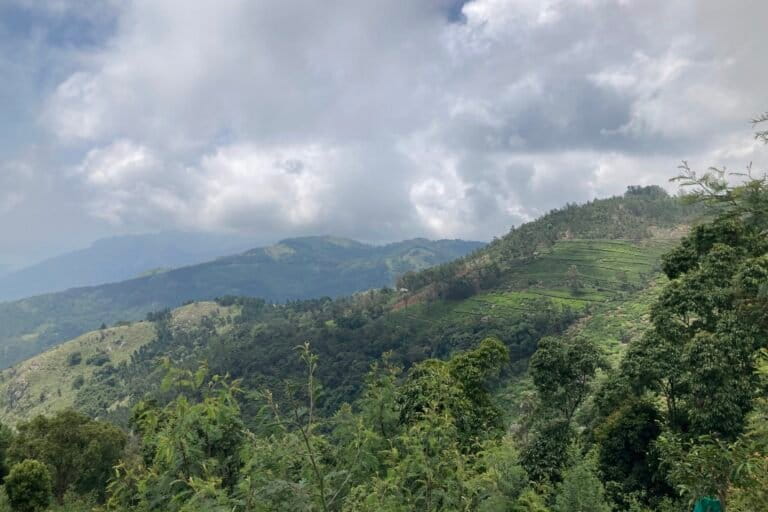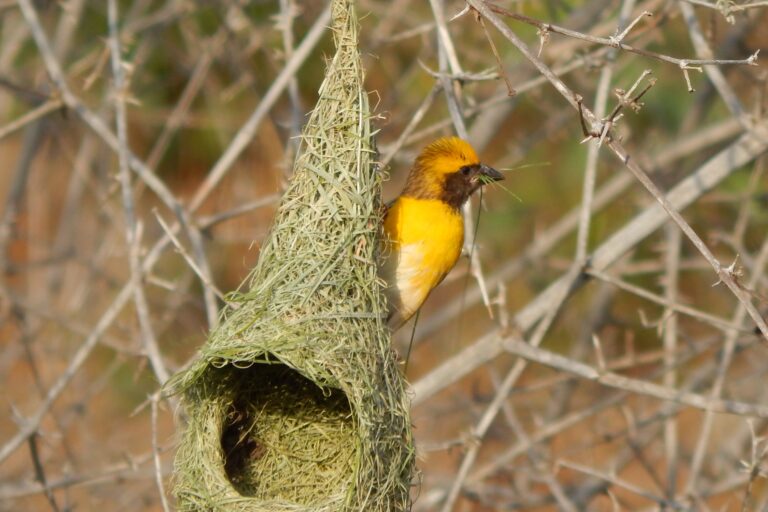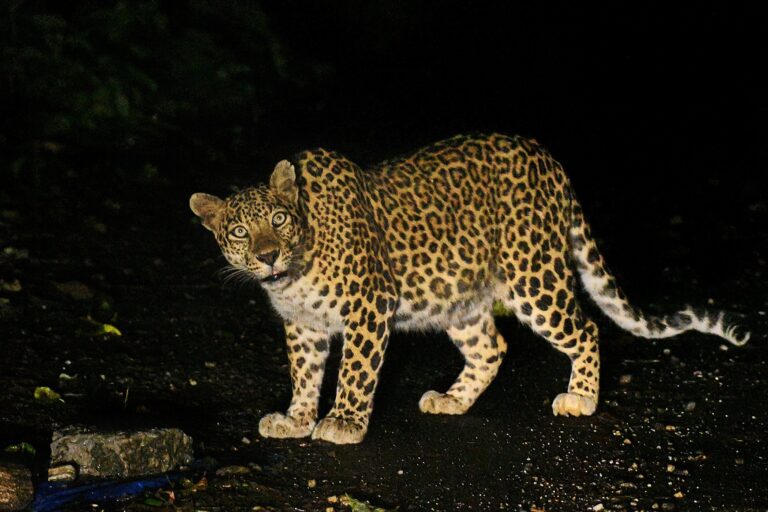- Punjab’s sacred groves, hosting native flora and fauna, and associated with people’s beliefs and traditions, need urgent attention.
- They are facing widespread human interference in the form of agricultural expansion, overgrazing and a boom in monoculture plantations. Invasive species have emerged as pressing challenges.
- One way to conserve biodiversity in these green pockets is to bolster the documentation of the flora and fauna in the groves and also the traditional knowledge and practices through People’s Biodiversity Registers.
Only a smidge of Punjab’s geographical area is forested, a state in north India’s wheat-producing belt. Nurtured by people’s beliefs in these small forest patches are sacred groves –forest fragments that, apart from serving as places of community worship, are mini-ecosystems that house several native plants and animals.
These green pockets, often associated with a local deity, are epitomes of Punjab’s microclimates and cultures that accord a great deal of importance to trees. Local legends and tales, that help prevent erosion of biodiversity, abound in these assemblages hosting bats, reptiles, birds, insects and micro-organisms.
For example, while vann (Salvadora oleoides) is the primary species in Bhiana Sahib sacred grove in the Malwa region, it is the dhak or the flame of the forest (Butea monosperma) in the Dhaki Sahib sacred grove. Nestled in the Western Himalayan foothills in the state’s Pathankot district is the Chatpat Bani – a forest which according to local lore is believed to have come up overnight, hence the name ‘chatpat’ or fast. Local communities refrain from using the wood in this 30-acre forest; they believe they will be cursed.
However, experts and local communities have expressed concerns over these shrinking green assemblages pitted against agricultural expansion, overgrazing and proliferation of monoculture plantations. Compounding this unfettered human interference are emerging challenges such as those arising from the spread of invasive species.
Environmentalist Balwinder Singh Lakhewali notes that in places where some sort of belief is linked to the trees, they usually survive. “But in places where such beliefs don't exist, people usually acquire the land illegally, and encroachment becomes a problem.”
Brij Mohan Bhardwaj, an environmentalist and tree expert, explains the problems brought on by the hardy Prosopis juliflora, a plant species invasive to the Bhiani Sahib patch.
“Mature pahadi kikar tree (Prosopis juliflora) does not allow any shrub for grass to grow under it. In four to five years, the pahadi kikar shoots up and attains a height enough to cover a vann tree that has been around for 100 to 200 years. If this continues, in another four to five years, the pahadi kikar cover will completely shroud the old-growth vann, interfering with its growth and the understorey beneath the vann species,” laments Bhardwaj.
“In this particular grove which primarily consists of vann, there are many spots that are totally dominated by this invasive species. If this continues, the pahadi kikkar will soon kill this entire grove and its native trees. It’s the need of the hour to prevent this invasive plant from destroying this grove,” Bhardwaj emphasised.
A priest at the temple attached to Bhiani Sahib points out that while saplings of vann and other native trees do not survive grazing by goats, they give the pahadi kikar a wide berth. “No animal eats it. They (pahadi kikar) are thriving because they are not consumed by the animals,” the priest says.
Balwinder Singh Lakhewali bats for more funding support in strengthening biodiversity documentation in sacred groves through People’s Biodiversity Registers (PBRs).
A PBR is a legal document containing a comprehensive account of local bio-resources along with related traditional knowledge and practices of the concerned area of jurisdiction under a Biodiversity Management Committee (BMC). Creating PBRs and BMCs come under the Biological Diversity Act enacted by India in 2002 in pursuance of the Convention on Biological Diversity (CBD), to which it was a signatory.
Punjab, to date, has 13599 PBRs as per information available on the National Biodiversity Authority (NBA) website. NBA was established to deal with all matters relating to the implementation of the Act and the Biological Diversity Rules, 2004.
Banner image: Bhiani Sahib (Bathinda), Punjab. Photo by Jaskaran Singh,













